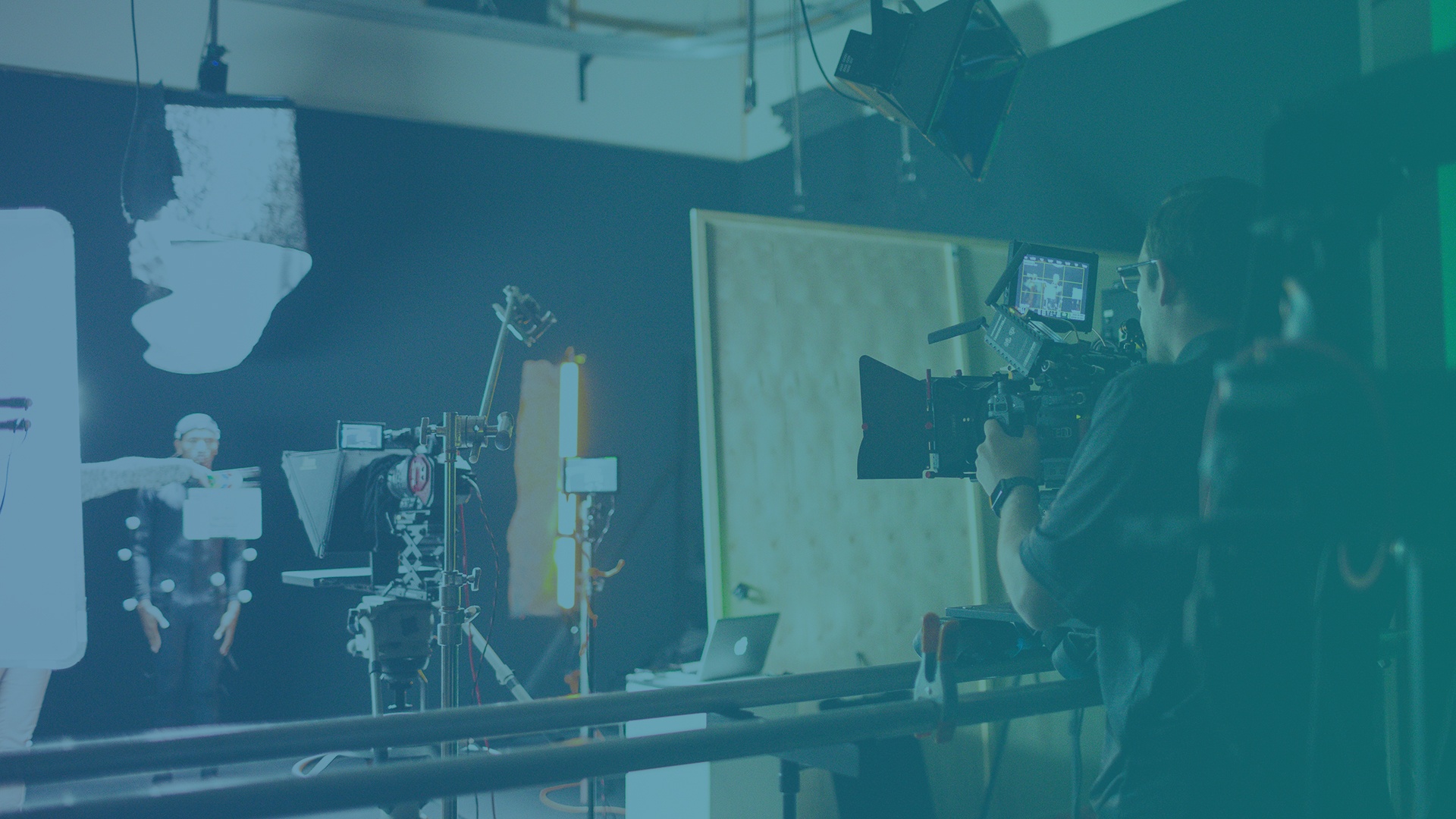What’s the first thing you want to do after you come up with a great idea for a video? If you’re like many, you probably want to jump behind the camera and start shooting as quickly as possible. While that’s certainly understandable, great videos don’t happen without the right preparation.
To bring your video to life, so to speak, it's critical for you to do some (or a lot of) pre-production planning. The pre-production process that occurs in the weeks and months before you start shooting your video establishes the foundation and framework for your video while giving you time to make sure you have the right equipment, actors and other important pieces to make your video great.
While you may wish there was a master video production planning template you could follow when you’re planning your next video, every video production schedule will be different based on the unique needs of your video, business and goals. However, there are some pre-production steps in filmmaking that are common across the board, regardless of the nature of your next video project.
Content Preparation
Script
No matter how fantastic your video production vision is, you won’t be able to bring that vision to life unless you have your script documented. Even largely improvised video production projects have some sort of video production outline. Your script provides more than just lines for the actors; it sets the scene and the location in which the scene will take place and influences the tone and feel for the characters’ behavior. Your script outlines the story being told, and ensures it’s being told how you envisioned it.
Storyboard
Once your script is complete, it’s time to create your storyboard. Creating a storyboard is an exciting time for many filmmakers because it gives them their first look at what the video will actually look like. While many storyboards resemble comic books, they’re effective visual aids that demonstrate how the final video will play out, scene by scene, shot by shot.
In other words, a storyboard gets everyone on the same page prior to beginning the shooting process. It’s an external visual representation of how you envision the video, which can be shared with everyone involved in your project.
Logistics
1. Determine Your Budget.
Logistics are one of the most important parts of the pre-production process. And one of the most important parts of logistics is determining your budget. Your budget will have an impact on just about every aspect of your video, including where you shoot, your characters’ wardrobes and your filming equipment, so a realistic budget is critical.
2. Scout Your Locations.
Once your budget’s in place, you should begin scouting locations to shoot your film. It can take time to find just the right location, and where you choose to shoot influences what permits you will need. Remember — your goal is to make your storyboard come alive on film. So, try to find locations that truly reflect the spirit and appearance of the fictional locations portrayed in your storyboard.
3. Locate, Buy or Rent Equipment.
If you want to make a video that looks professional, you’ll need to buy or rent professional-grade equipment. Some of the equipment you might need includes cameras, audio equipment, lights, sandbags and electrical cable. In many cases, that’s a mere fraction of the equipment that’s actually necessary to make a professional video. With the high expense of film equipment, it’s often wise to rent what you need after you compare prices from several different vendors.
4. Secure Permits, Insurance and other Paperwork.
Paperwork is a drag for almost everyone. This rings just as true for filmakers, but it’s a necessary part of making a video. This is especially true if you’re shooting at a location other than your own and you’re not using your own equipment. If either of these apply to you, it’s encouraged that you get insurance, secure permits and have your cast and crew sign deal memos.
When you think you have your paperwork squared away, it’s time for you to double, triple and quadruple check all of your documents as well as your budget.
To avoid wasting time and driving up your costs, it’s worthwhile to take the time to check all your paperwork one more time before you start shooting.
You don’t want to show up for a shoot only to have the police shut down your production because you don’t have the right permit.
5. Nail Down Wardrobe, Props and Scenery.
This is the part of pre-production preparation where you get to have a little fun. As it is with your equipment, it’s a good idea to rent what you need if you can’t afford to buy. If you need to stretch your budget and buy a must-have item that’s not available for rent, keep in mind that you may be able to recoup some money by renting the item out after you’re done using it in your video.
Assembling Your Team
The Crew
The next step in the pre-production process is to put together your team and crew. The size of the crew you’ll need depends on several factors, including how big and involved your production will be. Whether you need a crew of three or four people or hundreds of individuals, be sure the people you work with share your vision as well as your commitment to making your vision a reality.
The Talent
After you’ve assembled a capable crew, you’ll need to find talent. Depending on the nature of your project, you may want to use volunteer talent or professional talent. Once you’ve selected your cast members, it’s time to host a table read to ensure everyone’s a good fit for their individual roles and your overall project.
Plan Your Shoot
1. Create a Schedule.
When you’re satisfied with the table read and you’re confident you’ve chosen the right talent — and you’ve checked your paperwork again! — you should schedule your shoot and create a master schedule of the days you’ll shoot. You’ll need to put together a shot list and call sheets at this stage of your video pre-production, too. Don’t underestimate the value of call sheets, because they’re how your cast and crew will learn where they need to be and when they need to be there.
2. Put Together a Shot List.
You’ll need to break down your script by scene and shot, as well. Breaking your screenplay down line by line and scene by scene will help you identify everything you’ll need for each shot, including the specific talent, props and special effects that are required.
3. Order Food!
Remember — a crew that’s fed well and kept hydrated is a happy one that’s ready to get the job done. Order food and drinks so your team will have the nutrients necessary to stay focused on the task at hand.
Contact NextThought Studios
If you need help with your video pre-production, contact NextThought Studios. From designing and storyboarding to scripting, scouting and more, our team of experts can help you at every stage of the pre-production process.
Visit our pre-production services page to learn all about the many valuable services we provide and then contact us for a free quote for your next project. We look forward to making your creative vision a reality!
NextThought Studios Staff
The NextThought Studio team offers high-quality post-production services that create positive learning experiences for students, trainees, employees and more. Our varied video production services can help you create solutions that provide optimal information retention and skill acquisition. With expertise in everything from corporate video production to producing educational and learning videos, NextThought Studios can create a video experience to meet any client's needs.
Recent Posts

The 6 Best Educational Video Production Companies (2025)
February 28, 2025 9 Min Read

AI-Powered Soft Skills Coaching, Anytime, Anywhere
October 3, 2024 3 Min Read

Step-by-Step Guide to Creating Effective Training Materials
July 11, 2024 4 Min Read



